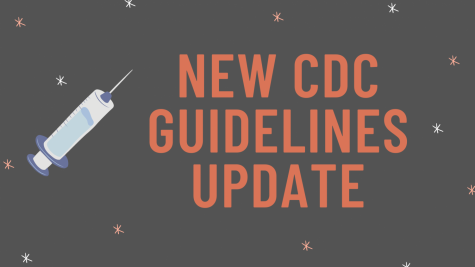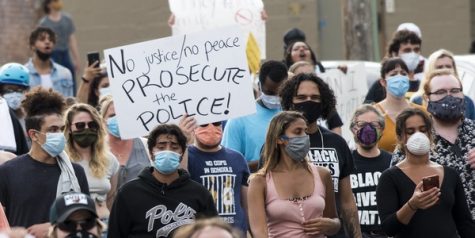Omicron Variant Update
Omicron quickly becomes the most prevalent variant of COVID in the United States.
Photo Zoe Thaxton
A Canva graph depicts two masked men waving at each other from a distance.
January 11, 2022
The United States hit a new high of COVID-19 cases in the past week: 1 million daily cases.
From all the traveling from the holiday season and with Omicron surging as the top COVID variant, new cases started to spring up rapidly.
There is not much data from the Centers for Disease Control and Prevention (CDC) about this variant because of how new it is. It had only started to be detected around November with the first case being found in the U.S. on Dec. 1.
It is known to be the most contagious of all the variants seen so far, but it is said the vaccine protects against it as well.
The CDC updated its rules for quarantining when exposed to the virus:
- Certain groups of people do not need to quarantine: adults over 18 who have received all their shots for the vaccine, including the booster; Children ages 5-17 who got both vaccine shots; and someone who had a confirmed COVID case within the past 90 days
- One should quarantine for five days, starting from the last contact to exposure, but one should watch their symptoms for ten days. If one develops symptoms, they should go get tested. Even if one doesn’t show symptoms after exposure, they should still get a test after five days.





















